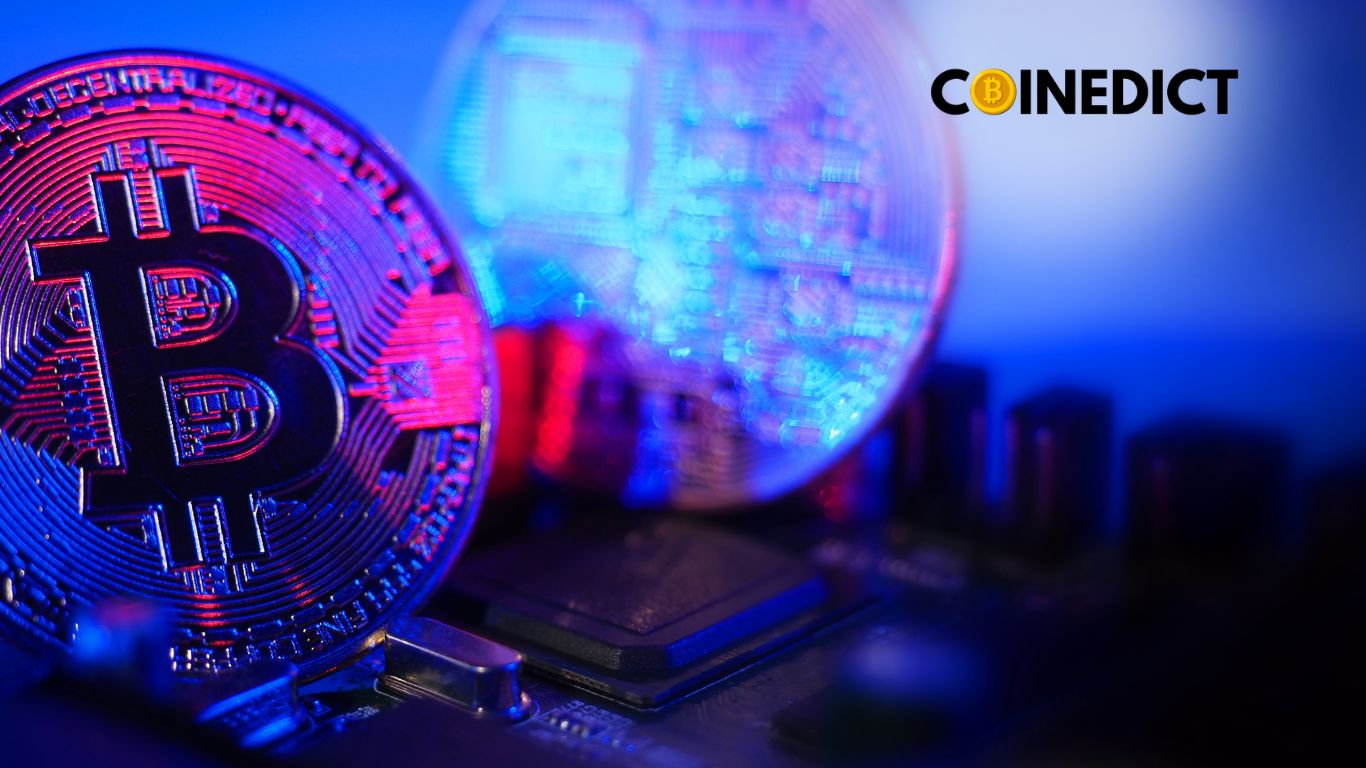The stablecoin market has hit a groundbreaking milestone, surpassing $200 billion in total value. This achievement underlines the increasing trust and adoption of stablecoins in the global financial system.
Leading the pack is Tether’s USDT, which dominates with a massive $142.9 billion share. USD Coin (USDC) follows as the second-largest player, holding $42.3 billion. Other stablecoins, like USDe with $6 billion, DAI with $4.5 billion, and FDUSD with $1.9 billion, are also making their mark in this growing market.
What’s Driving the Surge?
The explosive growth can be traced to a surge in interest from traditional investors. The recent launch of Bitcoin ETFs in the U.S. has opened doors for many to explore the crypto space, with stablecoins acting as a convenient bridge between fiat currencies and digital assets. Their role as a stable, reliable entry point into crypto has never been more evident.
Adapting to New Regulations
As the crypto world evolves, regulations are stepping in to shape the future. Europe’s upcoming MiCA framework, set to take effect on December 30, 2024, will introduce stricter rules for stablecoin issuers, such as mandatory reserves and electronic licensing requirements.
In response, Tether has already discontinued its euro-pegged EURT stablecoin to comply with these new standards. Other players are also adjusting—Circle, the issuer of USDC, has teamed up with Binance to expand its global footprint. Meanwhile, Tether is exploring cutting-edge applications for blockchain-based artificial intelligence.
U.S. vs. Europe: A Tale of Two Approaches
While Europe tightens its regulatory grip, the U.S. seems to be taking a more crypto-friendly path. With Donald Trump’s administration showing visible support for digital assets, many crypto companies might lean towards the American market, which offers a more welcoming environment for innovation.
A Milestone That Signals Stability
This record-breaking $200 billion capitalization cements the importance of stablecoins in the broader crypto ecosystem. As industry leaders adapt to regulatory changes and push forward with innovation, the stablecoin sector is entering a new phase of growth and maturity.
The next chapter promises exciting developments, balancing compliance with creativity, as stablecoins continue to connect traditional finance and the crypto world.











